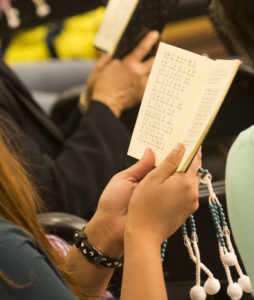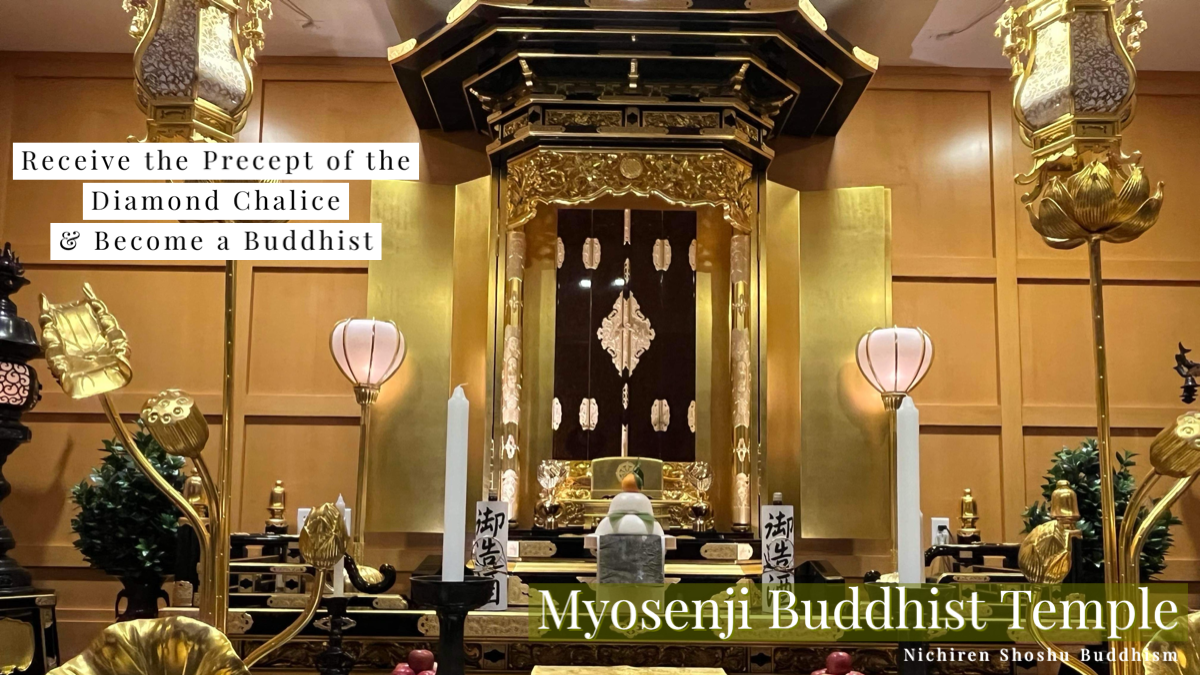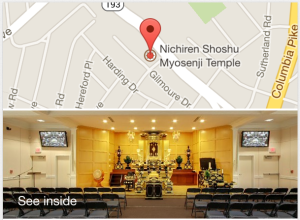
Let me briefly describe the virtues of Myoho-Renge-Kyo. The five characters of Myoho-Renge-Kyo can change evil into good, just like poison changing into medicine. Pristine Spring is so named because in this spring, stone can change into treasure. In the same manner, these five characters are able to change common mortals into Buddhas.
written by Nichiren Daishonin in 13th century Japan
Buddhism teaches a concept called “hendoku iyaku” which helps you mitigate and transform guilt, regret, personal anguish and other sufferings. Buddhism expounds the principle of “changing poison into medicine” (hendoku iyaku), a process of transforming misfortunes into fortune through our Buddhist faith and practice. In the term “changing poison into medicine,” poison (doku) represents our earthly desires. Medicine (yaku) referes to benefits. Ordinarily, poison and medicine are polar opposites in their functions. However, a skilled physician is able to transform poison into medicine and treat illnesses.*
Buddhism’s Ten Worlds Lecture
Our Chief Priest, Rev Sakabe, will be lecturing on the meaning of hendoku iyaku and the the Buddhist concept of the Ten Worlds this Sunday, September 17th. Please join us to learn how you can change poison into medicine in your own life by chanting Nam Myoho Renge Kyo.
- Brief lecture by Chief Priest on the Buddhist Concept of the Ten Worlds
- Learn how to chant Nam Myoho Renge Kyo and properly use the Juzu Beads, Buddhist prayer beads.
- Q&A with our Chief Priest.
- The meeting starts at 2:00 pm and concludes around 3:15 pm. Open to the public.
If you have decided to become a Buddhist or are interested in learning how to become a Buddhist, after Sunday’s meeting (about 3:30 pm) Rev Sakabe will be performing the Acceptance of the Precept Ceremony, the ceremony where you become a Buddhist.


